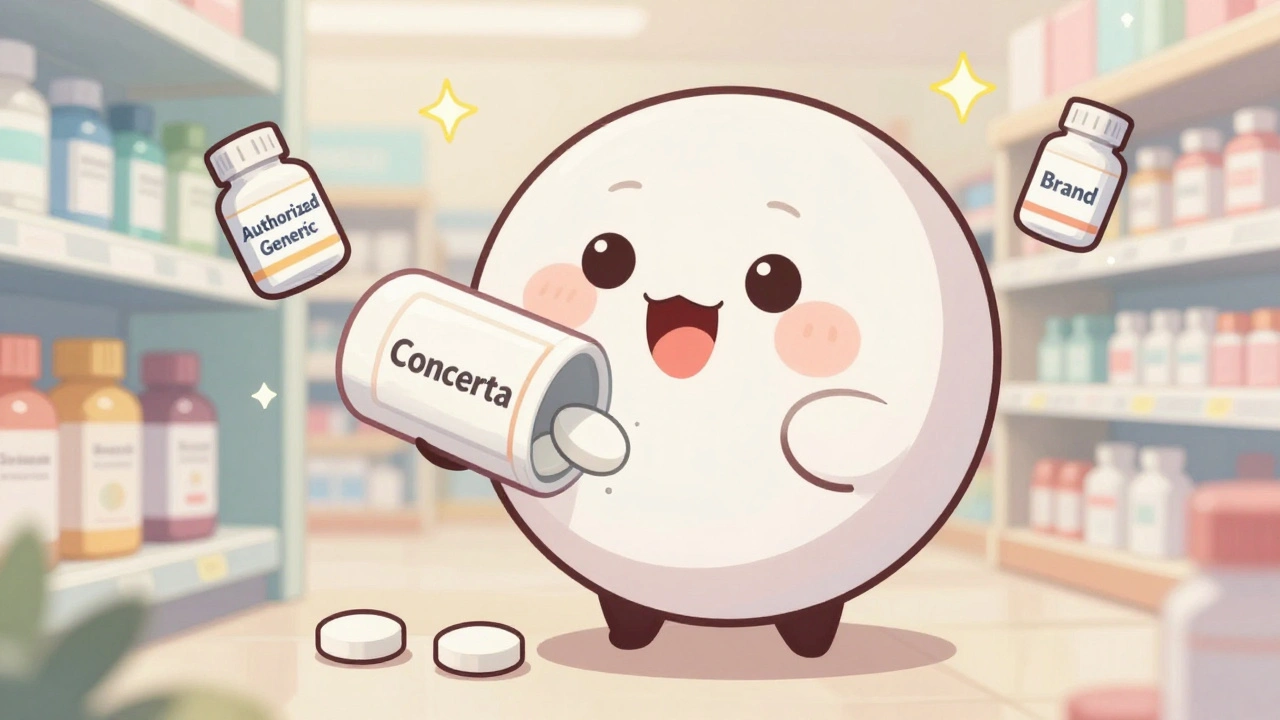Bone Damage – What It Is, Why It Happens, and How to Heal
Ever slipped on a wet floor, felt that sharp snap, and wondered why a tiny crack can be such a pain? That’s bone damage for you. It’s not just a broken bone; it can be tiny cracks, bruises, or weakened spots that make everyday movements uncomfortable. Understanding the basics helps you act fast, avoid complications, and get back to normal quicker.
Common Causes of Bone Damage
Most people think only high‑impact falls cause broken bones, but the truth is broader. Simple things like a hard jog, a sudden twist, or even repetitive stress from heavy lifting can produce micro‑fractures. Age plays a role too—osteoporosis makes bones porous, so a light bump might turn into a break. Certain medications, like long‑term steroids, also thin out bone density, raising the risk. Lastly, nutrition matters; lack of calcium and vitamin D leaves your skeleton vulnerable.
When a bone cracks, the body immediately starts a repair process. Blood clots form at the fracture site, creating a soft callus that later hardens into new bone tissue. This natural healing can take weeks to months, depending on the injury’s severity and your overall health.
Tips to Speed Up Bone Healing
Want to help your bones heal faster? Start with proper rest—avoid putting weight on the injured area unless your doctor says it’s safe. Ice the spot for 15‑20 minutes a few times a day to reduce swelling, then switch to gentle heat after a couple of days to boost blood flow.
Nutrition is a game‑changer. Load up on calcium‑rich foods like dairy, leafy greens, and fortified plant milks. Pair them with vitamin D sources—sunlight, oily fish, or supplements—to improve calcium absorption. Protein also matters; it supplies the building blocks for new bone tissue, so include lean meats, beans, or nuts in your meals.
Stay active, but choose low‑impact activities that don’t stress the fracture. Walking, swimming, or using an elliptical can keep circulation humming without jeopardizing the healing bone. Your doctor might prescribe a physical‑therapy routine—follow it closely to regain strength and flexibility.
Don’t forget medical follow‑up. X‑rays confirm that the bone is aligning correctly, and your doctor can adjust splints or casts if needed. If you’re on medication that weakens bone, discuss alternatives or supplements that could offset the side effects.
Lastly, watch out for warning signs. Persistent pain, numbness, or a change in skin color around the injury could signal complications like infection or nerve damage. Reach out to your healthcare provider right away if anything feels off.
Bone damage isn’t pleasant, but with the right mix of rest, nutrition, gentle movement, and medical care, you can speed up recovery and get back to your routine. Keep these tips handy, and you’ll give your skeleton the support it needs to heal strong and stay healthy.





